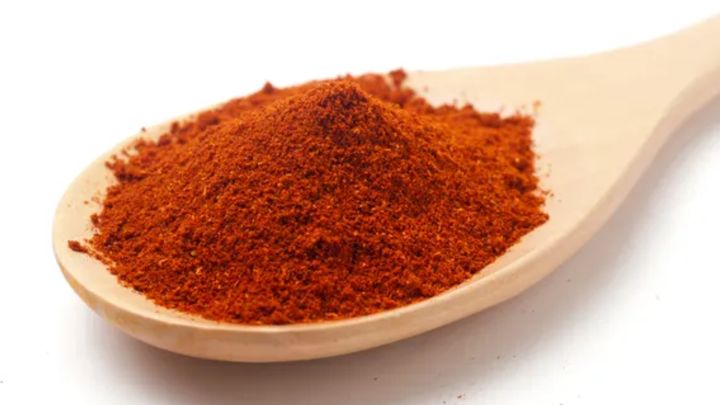
Sometimes, learning more about your favourite foods makes you feel good.
For instance, I was pretty happy to discover that a pumpkin spice mix is really easy to make at home, and that the secret to Biscoff’s distinctive taste is more than likely just... sugar.
Other times, though (like when I learned that cola is flavoured with a kola nut), the news changes my perspective forever.
Such is the case with paprika, which I always thought was some variety of dried... chilli? With tomato powder, maybe?
Nope ― it’s usually a sweet, moist veg we all eat on the reg.
Go on then ― what is it?
A lot of the time, paprika is made from plain, spag-bol-staple bell peppers.
Granted, it’s a particular species of bell pepper (Capsicum annuum) ― but the ruby-red variety wouldn’t be out of place on your crudité plate.
Though more traditional paprika can be made from Aleppo, Hungarian, and a range of other peppers, herb and spice company McCormick’s Science Institute (MSI) says the mass-made stuff “is typically made from ‘bell’ or ‘sweet’ type peppers, milder varieties that contain a recessive gene that eliminates (or greatly reduces) capsaicin, the compound responsible for heat.”
BBC Good Food writes that the spice’s “main purpose is to add flavour and colour, more than heat”.
BuzzFeed’s cooking vertical Tasty shared a YouTube Short on how to make the spice at home, revealing that whacking a bell pepper in the oven or air fryer for hours and then whizzing its dried remains in a blender creates perfect paprika.
MSI has also shared that paprika can have a sugar content of up to 6%, though “the spice can range in flavour from mild and sweet to very hot”.
That’s because while lots of paprika is made from bell peppers, it can be made from other, hotter sweet red peppers too.
How come it can be so pungent?
While it’s easy to see how eye-watering raw chilli can become the piquant spice we love, it can be harder to connect the dots between cooling, fruity bell pepper and smoky paprika.
But the preparation has a bigger effect than you’d think, MSI says.
“Some Spanish paprikas are dried by smoking and thus have a smoky flavour,” they write, while certain Hungarian peppers are specially-selected for extra heat.
In general, though, the MSI says paprika is a mild spice that mostly adds colour to dishes.
This article has been updated to added to clarify specific varieties of non-bell pepper traditional paprika can also be made from.